| Start
Intro
Day
A18
Day A20 |
| Day A19 - Reaching
the Rhône |
| April 20,
2013
St. Martin-de-Crau to Arles
10 miles |
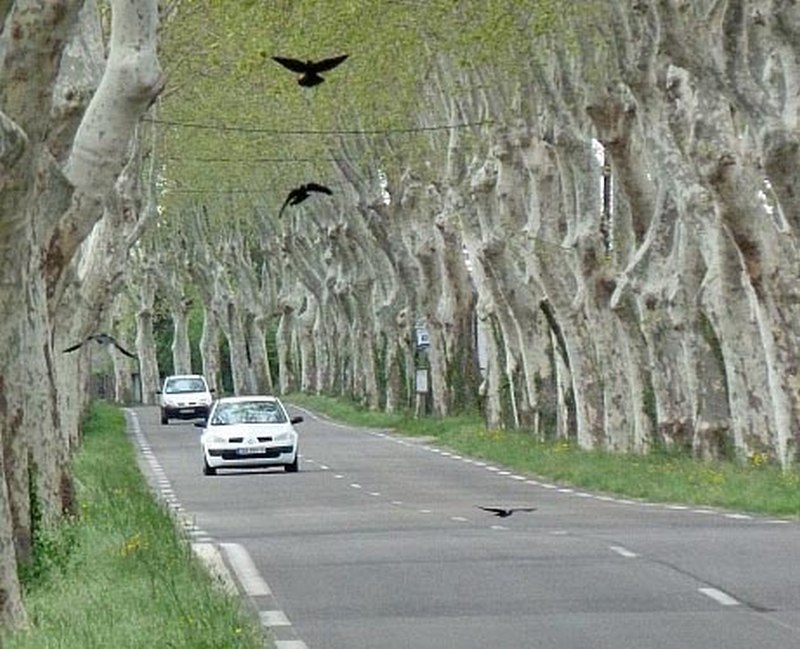 |
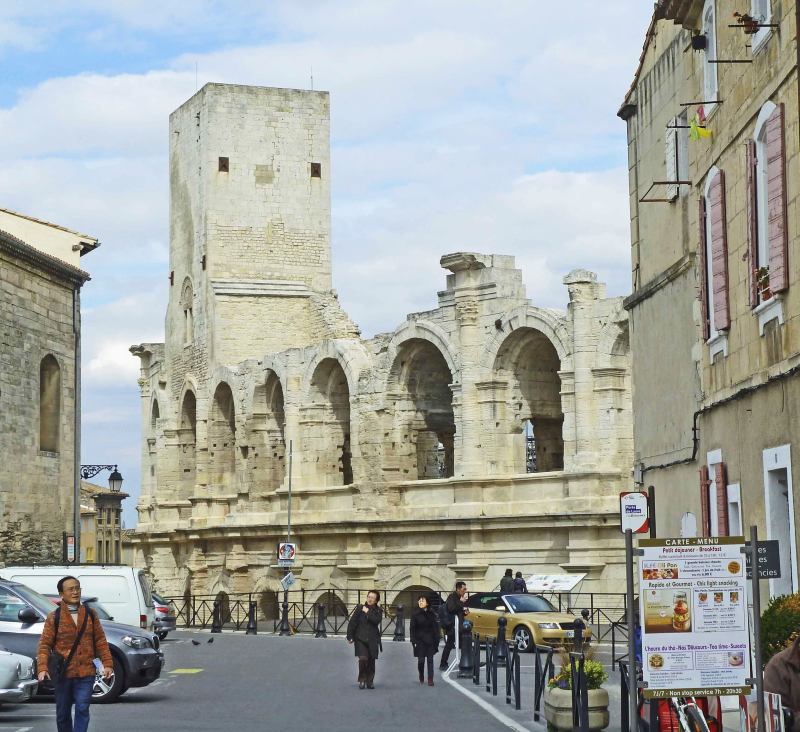 |
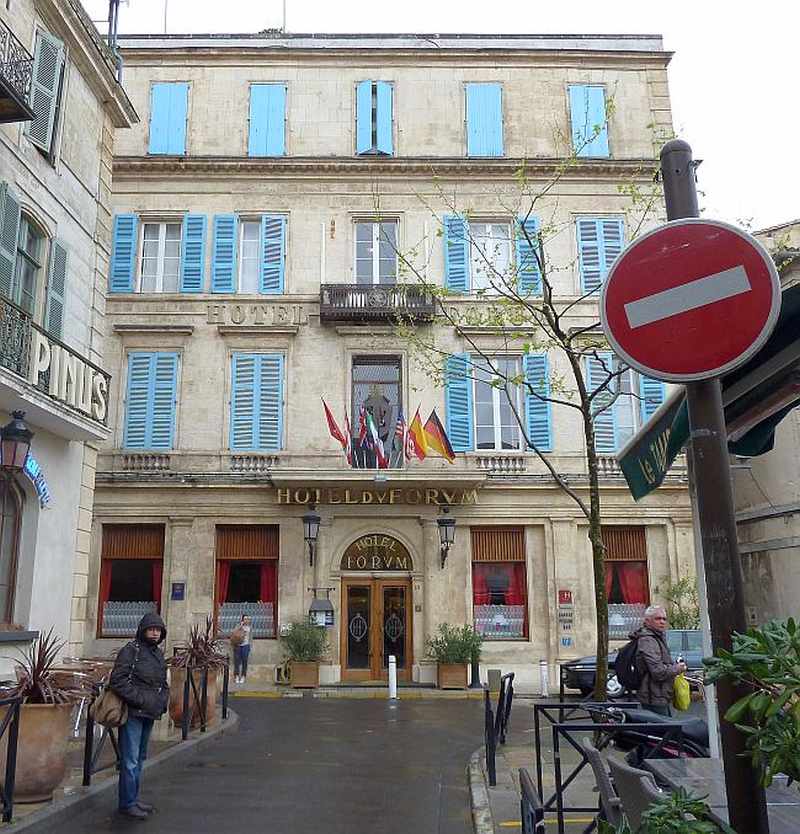 |
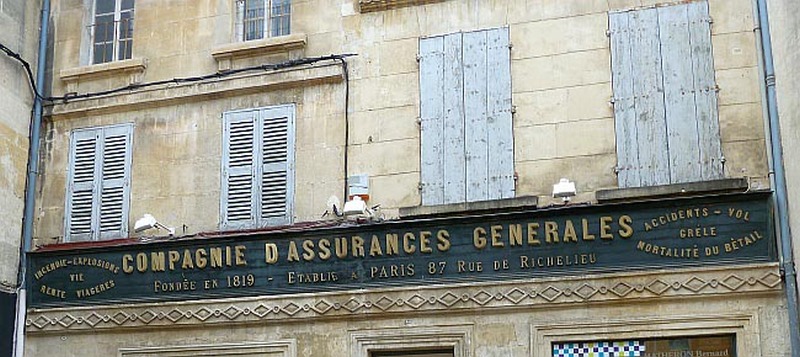 |
|
My meteorological expert, Steve Burch, advised me yesterday that the bad weather that I experienced in mid-March had given way to delightfully serene weather while I took time out in Tampa - but the bad weather was now returning. I've now done more reading about the infamous Mistral wind which howls down the Rhône Valley due to the venturi effect of mountains east and west. You can identify them both - the Alps on the east, and the Cevennes end of the Massif Central on the west - by going to a relief map or the terrain setting available on some versions of Google Maps. Get both Arles and 90-miles-north Valence in your sights and the two ranges will be quite clear to left and right. The venturi is most pronounced (narrowest) near Valence, which accelerates southbound winds that then entrain higher level air so that the southbound winds are still strong at the coast. Arles is in the cross-hairs. For a wind to be considered a Mistral, it must head south and meet certain standards of strength and duration. Of these two, the duration is interesting. Mistral winds always last for some days, at least three days, say the locals, and may then cease for some days, which are both evidence of large-area weather patterns. Van Gogh's suicide was attributed to the Mistral, though surely without proof. A physical effect of these winds is that trees and bushes may take on a permanent south-leaning tilt, which I saw for myself today. I'm told that the north-facing roofs of buildings may be reinforced, or at least weighted down, where the wind is strongest. The mid-March Mistral met the criteria, the iciness (not in itself a criterion) being partly wind-chill and partly the path of a winter Mistral over snow and ice in the north. Yesterday, the wind was 80 km/hr (50 mph) at times, and from the north as before. Today and tomorrow, the forecast has been of similar south-heading (i.e, northerly) winds, but lesser 65 km/h (40 mph) average speeds, plus those higher speed gusts which are very much part of the impact. Fortunately the weather has been warmer, reaching about 15 degC (60 degF). Fortunately also, there's a clearing trend early next week. But enough about science. What about hiking? The forecast yesterday added some afternoon rain to today's picture, but morning produced a pleasant surprise in the forecast - no rain. Reading this, I quickly emerged from my pit, which is what I call any place that I sleep, and went to the window. Not only was it dry, but there was no wind; even the tops of the trees were still. Departing the hotel at 8.45 am, I quickly started to bask in the beginning of a pleasantly-cool, dry, still day. Even so, I'd done enough research to know that only the first two miles of my route were devoid of shelter. After that point, there were extensive avenues of trees or even woods, and I was expecting to be able to complete my planned 10 miles , which was on nicely-flat terrain, in pretty well any circumstances, especially as Saturday brings few trucks, and car traffic is light in the morning outside cities and towns. And that's just how it played out - for about a mile and a half. And then the wind came up on my right, and the crops bowed, and it got cold - and I had still to reach that first avenue of sheltering trees. When I reached the trees, however, the winds were quite bearable, and they stayed that way for the next four hours, which is all I needed. But I soon had to dig my sweater and scarf and a second wool hat out of my pack to stay warm. And then the rain started. There is a tendency for a few hours of rain to reach even the most rainproofed places. Among the most annoying - one's feet. While they were soaked, I was spared the ultimate podiatric annoyance of squelching through puddles inside one's shoes or boots. It was a short, 10-mile day. I was glad to reach my accom by about 2 pm, where I broke out my sandwiches for comfort. The next challenge was to get the room heater operating and dry my clothes and footwear. The heater finally roared to its full anemic potential after I performed the time-honored procedure of swiveling the remote's batteries with one finger right in the battery compartment. Then
I looked at tomorrow's
weather forecast. That's become an indispensable part of my life. If I
discuss it so much, it's for a good reason. The weather affects my
routes, accommodation, schedule, comfort and sanity. |
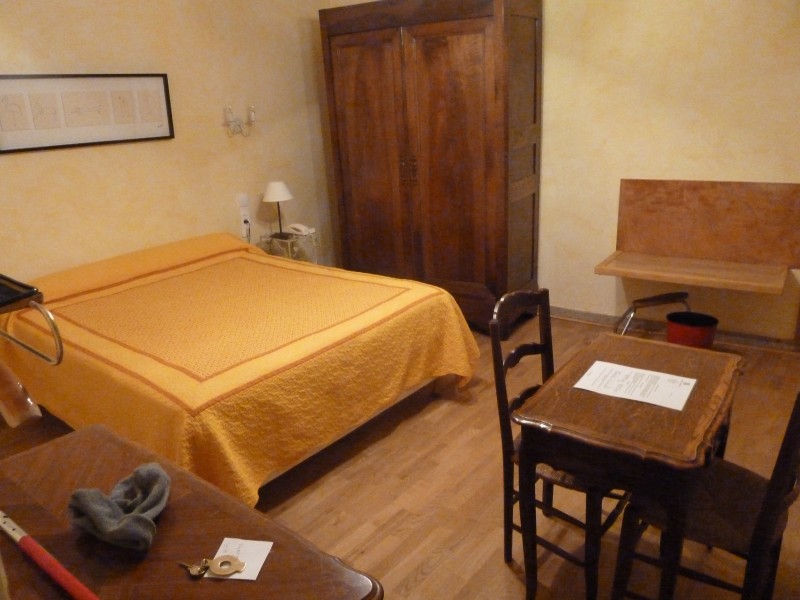 |
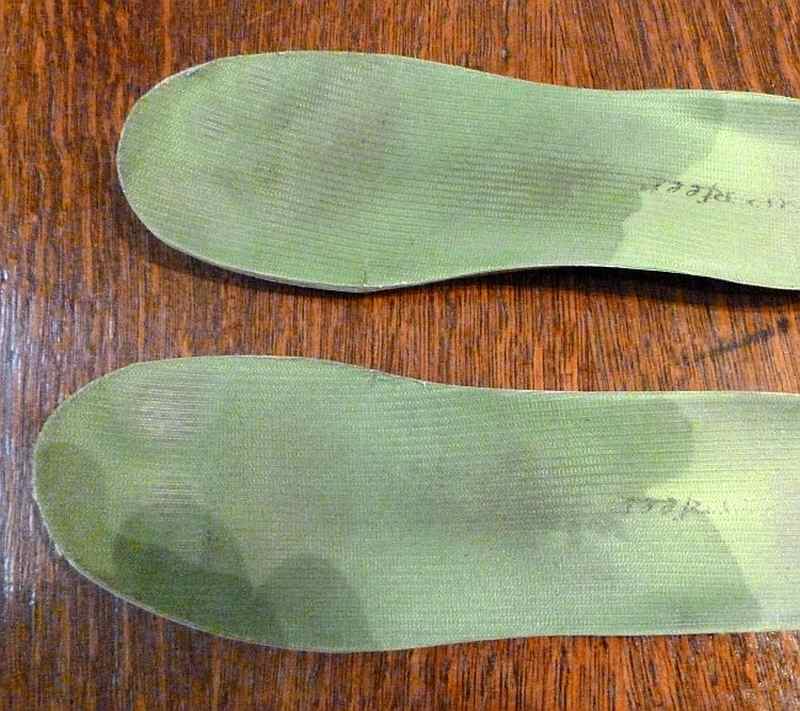 |
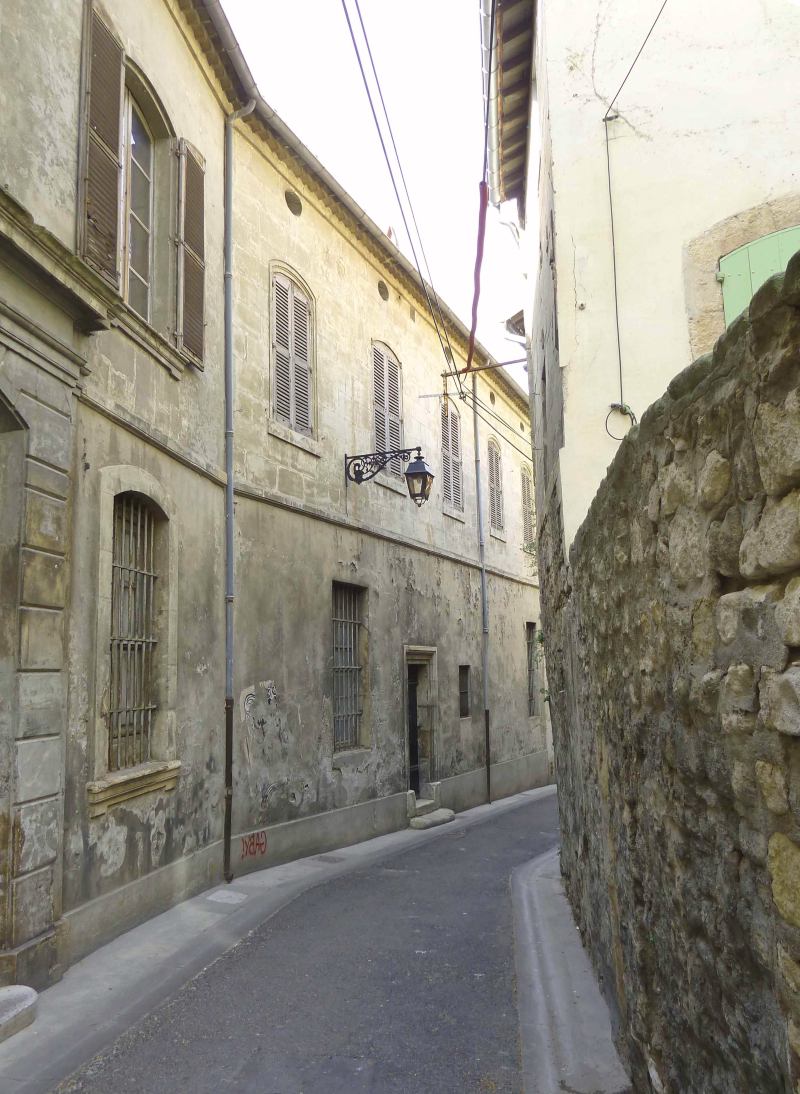 |
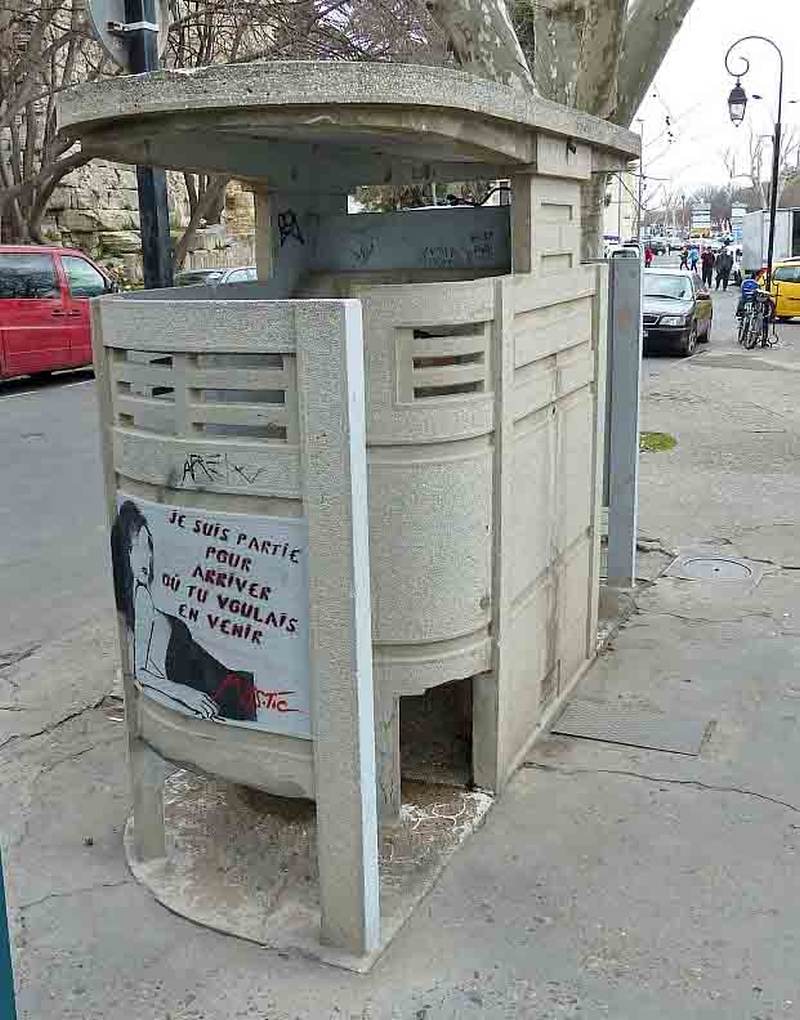 |
| Start Intro Day A18 Day A20 |
© 2013 Daryl May |